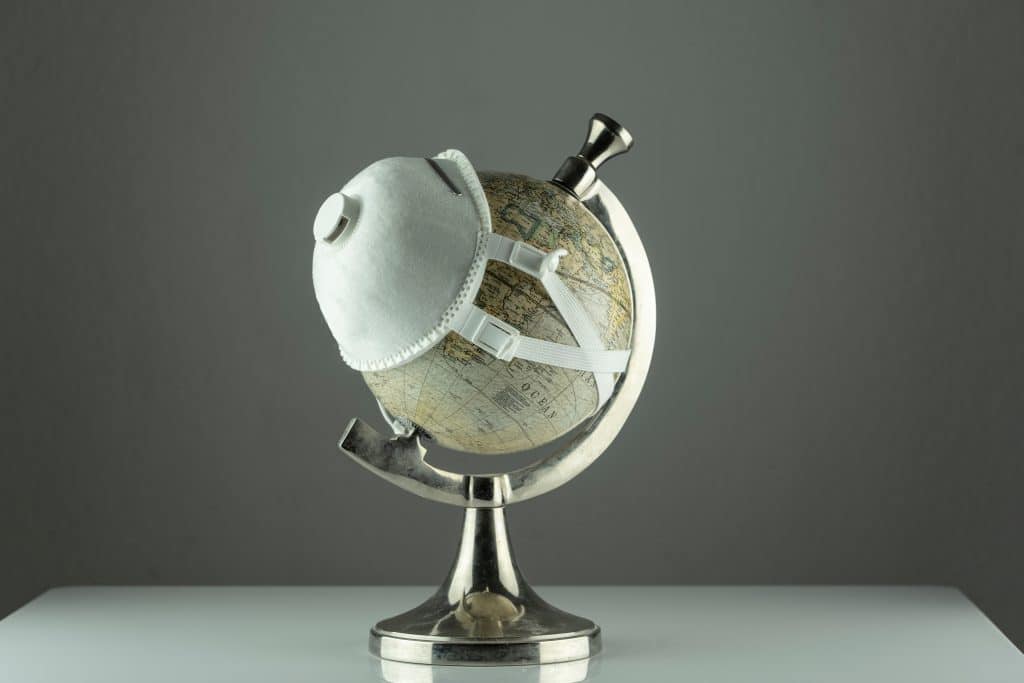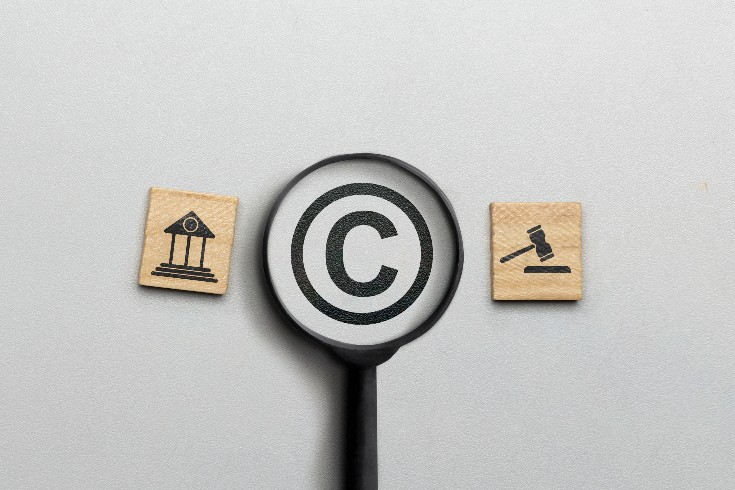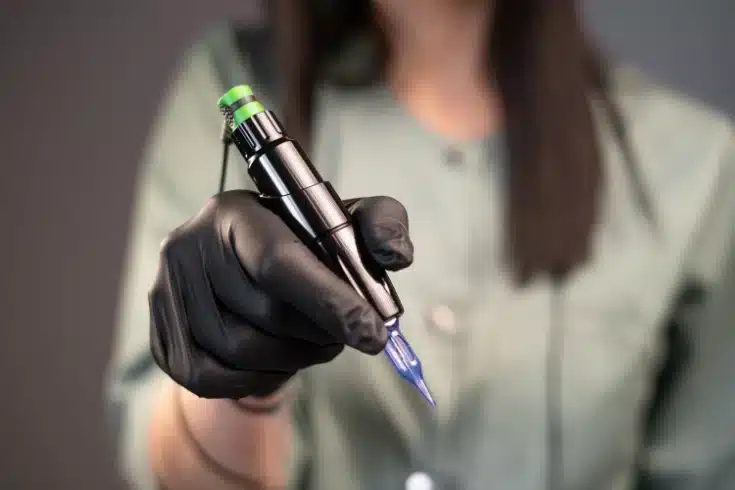Understanding Medical Advertising Guidelines: Explaining False and Exaggerated Advertisements Regulated in Medical Advertising

Advertisements promoting medical institutions such as hospitals and clinics are subject to regulations under the Japanese Medical Practitioners’ Act (医療法) and the Japanese Medical Advertising Guidelines. These regulations detail prohibitions against exaggerated and false advertising, as well as stipulate the conditions under which advertising is permitted. When publishing medical advertisements, it is necessary to comply with these guidelines, as violations can result in penalties such as inspections and fines.
In this article, we will provide an overview of the regulations pertaining to medical advertising and introduce specific examples of what constitutes illegal practices. We will elaborate on the prohibitions explicitly stated in the Japanese Medical Practitioners’ Act, such as exaggerated and false advertising, so please use this as a reference.
What is Medical Advertising Regulation?
Medical advertising refers to advertisements related to medical practices, hospitals, and clinics. Such advertising is regulated by the Japanese Medical Practitioners’ Act and other provisions. Here, we will explain the overview of medical advertising regulations.
The Purpose of Medical Advertising Regulations
Medical advertising is principally prohibited for the following reasons:
- Medical services are related to human life and health, and the consequences of being lured by unfair advertising and receiving inappropriate services can be significantly more severe compared to other fields.
- Given the high level of expertise required in medical services, it is difficult for consumers to judge the quality of services offered based solely on advertising content.
In light of the unique nature of medical services, medical advertising regulations are established to protect patients and other users.
These regulations specify what is prohibited in advertising and what is permissible, ensuring that users are provided with accurate information and can make appropriate choices regarding treatment and other services.
Applicability and Targets of Medical Advertising Regulations
The ‘medical advertising’ subject to regulation must meet the following criteria:
- Advertisements with the intention of attracting patients (Inducement)
- Advertisements that can identify the name of the medical provider, or the name of the hospital or clinic (Specificity)
All advertisements aimed at the Japanese market that fall under medical advertising are subject to these regulations. It is important to note that not only advertisements conducted by medical institutions themselves but also those published by mass media or affiliates, regardless of the publisher’s title, are regulated.
For detailed information on the key points and criteria for medical advertising regulations, please refer to the following article.
Related Article: A Lawyer’s Easy-to-Understand Explanation of the Key Points of Medical Advertising Guidelines[ja]
Medical Advertising Prohibited by the Japanese Medical Care Act Regulations

Medical advertisements that may lead to misunderstandings about the actual services provided are prohibited. This is stipulated in Article 6-5, Paragraphs 1 and 2 of the Japanese Medical Care Act.
Article 6-5 of the Japanese Medical Care Act
1. No person shall make false advertisements in relation to medical or dental practice, or in relation to hospitals or clinics, whether by document or any other method, as a means to attract patients (hereinafter referred to as “advertisements” in this section).
2. In the case referred to in the preceding paragraph, the content and method of the advertisement must conform to the following standards so as not to hinder the appropriate choice of medical care by patients:
Japanese Medical Care Act | e-Gov Law Search[ja]
a. Not to advertise as being superior to other hospitals or clinics.
b. Not to make exaggerated advertisements.
False advertising, comparative superiority advertising, and exaggerated advertising are three examples of explicitly prohibited advertisements.
Possible measures and penalties for violations include the following:
- Orders for reports or inspections (Article 6-8, Paragraph 1 of the Japanese Medical Care Act)
- Orders to cease or correct (Article 6-8, Paragraph 2 of the Japanese Medical Care Act)
- Criminal penalties such as imprisonment or fines (Article 87, Item 1 and Article 89, Item 2 of the Japanese Medical Care Act)
To avoid unexpected issues with your advertisements, it is essential to check the prohibitions set by the Japanese Medical Care Act. We will explain each prohibition with actual examples for clarity.
What Constitutes False Advertising in Medical Advertising Regulations
This section introduces two examples of “false advertising” as defined in Article 6-5, Paragraph 1 of the Japanese Medical Practitioners’ Act (医療法).
False Representation of Treatment Content and Duration
According to the guidelines for medical advertising regulations, expressions that misrepresent the content or duration of treatment are treated as false advertising.
The following are examples of false representations of treatment content:
- Guaranteed success in difficult surgeries
- Absolutely safe treatment
Such services are medically impossible. It can be said that they are advertising false treatment content.
Furthermore, advertisements that state all treatments will be completed in a short period, despite the need for regular maintenance after treatment, are also considered false advertising.
Specific example: “Implant treatments that finish in one day”
Because this wording leads to the misconception that implant treatments, which require regular post-operative maintenance, can be completed in one day, it would be considered false advertising.
While it may be tempting to include information that makes a service look better for the sake of attracting customers, it is important to be careful not to make representations that differ from reality.
Posting Edited or Retouched Before-and-After Surgery Photos
Posting before-and-after surgery photos that have been edited or retouched to enhance the appearance of results is considered false advertising.
For example, the following advertisement is an example of what not to do:

Image reference: Ministry of Health, Labour and Welfare | Examples and Explanations of Website Regulations in Medical Advertising (4th Edition)[ja]
Free stock images or illustrations, which do not show actual procedures, should not be used. Also, editing photos to make one side look more beautiful than the other is considered false information.
If you want to advertise the effects of surgery before and after, you must post actual photos of patients, side by side, one by one.
What Constitutes Comparative Superiority Advertising in Medical Advertising Regulations

Here, we will introduce two examples that fall under “comparative superiority advertising” as defined in Article 6, Paragraph 5, Subparagraph 2, Item 1 of the Japanese Medical Care Act.
Superlative Comparisons
Expressions that indicate superlativity or significantly mislead regarding excellence are prohibited as comparative superiority advertising. Even if they are based on objective facts, such expressions cannot be used in medical advertising.
Specifically, the following phrases are examples:
- The best medical care
- Top in the prefecture
- Number one in Japan
If a medical institution has superior data, such as a higher number of doctors or surgeries compared to others, there may be a desire to include this information in advertisements. As long as the expressions do not significantly mislead, it is not prohibited to publish objective facts if they are based on rational grounds.
Comparisons with Other Medical Institutions
It is not permitted to include expressions that suggest one’s own hospital or clinic is superior to other medical institutions. Any comparative expressions regarding medical services, treatment costs, facility size, or any other facts are prohibited.
- Cheaper than XX Clinic
- Among the top treatment records in the prefecture
- Other institutions have inexperienced doctors providing medical care, which is dangerous
It does not matter whether the medical institution being compared is specified or not. Any expression that compares with other institutions to highlight the superiority of one’s own services is prohibited.
Furthermore, it is also forbidden to express one’s own excellence by defaming other medical institutions.
Comparative expressions can easily highlight one’s selling points, so it’s common to use them unconsciously. Caution is necessary when creating medical advertisements.
What Constitutes Exaggerated Advertising in Medical Advertising Regulations
We will introduce three specific examples of “exaggerated advertising” as defined in Article 6, Paragraph 5, Subparagraph 2, Item 2 of the Japanese Medical Care Act.
Advertisements that Mislead Regarding the Content of Medical Services Provided
In medical advertising regulations, it is prohibited to use expressions that, while not outright false, unjustly exaggerate the facts and lead to misconceptions about the content of the medical services provided. Expressions that differ from the actual medical content, creating a different impression or expectation in the minds of the general users, are not permitted.
For example, the following phrase would be applicable:
Specific example: “Unlimited full-body hair removal for three years with no limit on the number of sessions.”
Given the nature of hair removal treatments, the number of sessions that can be performed in three years is likely limited due to the hair growth cycle. Therefore, suggesting an “unlimited hair removal plan” could lead to misconceptions, qualifying as exaggerated advertising.
Additionally, words like “optimal” and “state-of-the-art” are also considered forms of exaggerated advertising.
- Providing optimal medical care
- Introducing state-of-the-art medical treatments, XX therapy
You must not claim that the medical services or specific treatments offered by your clinic are the most optimal or advanced.
When posting about the medical services provided, be careful not to use exaggerated expressions that could lead to misconceptions.
Advertisements that Mislead Regarding “Primary Dental Care Enhancement Type Dental Clinics” and Similar Facilities
When advertising “Primary Dental Care Enhancement Type Dental Clinics” or “Dental Outpatient Care Environment System Addition,” it is necessary to accurately state the facts.
These two systems require medical institutions to notify that they meet the facility standards. They are not specially certified by national agencies such as the Ministry of Health, Labour and Welfare.
Advertising that implies special certification or endorsement from administrative agencies like the Ministry of Health, Labour and Welfare, when none exists, constitutes exaggerated advertising.
Correctly state the facts, such as “Our clinic has notified that it meets the facility standards of a Primary Dental Care Enhancement Type Dental Clinic.”
Surgical Case Numbers Without Detailed Data Breakdown
When stating surgical case numbers in advertisements, any data that could mislead about the currently provided medical services is considered exaggerated advertising.
When including surgical case numbers in advertisements, it is necessary to also mention the relevant period. Most misleading advertisements have issues with how the data breakdown is presented.
- Our track record for XX surgery exceeds a total of 1000 cases. (Only the number of cases is shown)
- From 1995 to 2022, we performed 2000 XX surgeries. (The time span is too long)
When stating surgical case numbers, it is advisable to clearly specify the period and present data that has been tallied annually over several years. Please refer to the following example:
| XX Surgery | XX Surgery | |
| 2020 | 70 cases | 35 cases |
| 2021 | 105 cases | 83 cases |
| 2022 | 135 cases | 53 cases |
Using aggregated data to present large numbers can give the recipient of the advertisement a different impression of the actual annual number of surgeries. Strive for expressions that convey accurate information.
What Can Be Advertised Under Medical Advertising Regulations?

While we have explained specific examples of what is prohibited under medical advertising regulations, it is not the case that any advertisement not falling under these prohibitions is permissible. The content that can be advertised as medical advertising is restricted by the Japanese Medical Practitioners’ Act.
Here, we will discuss the matters that can be advertised according to the medical advertising regulations.
Content Permissible for Medical Advertising
The matters that can be advertised as medical advertising are listed in Article 6-5, Paragraph 3 of the Japanese Medical Practitioners’ Act. In other words, it is prohibited to advertise any information other than the matters specified here.
Article 6-5 of the Medical Practitioners’ Act
3. Except in cases prescribed by Ministry of Health, Labour and Welfare ordinance as unlikely to impede the appropriate selection of medical care by those receiving medical treatment, no advertisement other than the matters listed below shall be made.
Medical Practitioners’ Act | e-Gov Law Search[ja]
Examples of matters that can be advertised under each item of Article 6-5, Paragraph 3 of the Medical Practitioners’ Act include:
- Being a physician or dentist
- Medical department name
- Hospital or clinic name, telephone number, and location, as well as the name of the administrator
- Consultation days and hours, and the availability of appointments
- The content of medical services provided (limited to those determined by the Minister of Health, Labour and Welfare)
These are premised on being information that is useful for patients and others in making medical choices. Additionally, the content of medical services must be limited to matters that can be objectively evaluated and verified post-treatment.
Criteria for Lifting Restrictions on Advertisable Matters
According to the Ministry of Health, Labour and Welfare ordinance, there are cases where matters not falling under advertisable matters can be advertised on a limited basis. This is based on the notion that appropriate provision of information should be facilitated for information that patients and others actively seek and obtain.
The criteria for lifting restrictions on advertisable matters are as follows:
- The advertisement is on a website or similar medium that displays information sought by patients and others, which contributes to the appropriate selection of medical care.
- The content of the information displayed is clearly indicated by listing a contact point for inquiries or by other means, so that patients and others can easily make inquiries.
- Information is provided on the content and costs of treatments and other services typically required for elective medical care.
- Information is provided on the main risks and side effects associated with treatments and other services related to elective medical care.
If the criteria for lifting restrictions are met, advertisements of any kind can generally be published. The information that can be included in advertisements changes depending on whether these criteria are met, so it is essential to confirm compliance with these requirements.
Conclusion: Consult with Experts When Posting Medical Advertisements
Medical advertisements are strictly regulated to protect patients and other users, with specific prohibitions in place. This is because the potential harm from misleading advertisements in the field of healthcare, which deals with human life and health, is significantly greater compared to other sectors.
The false advertising, comparative superiority claims, and exaggerated advertising discussed in this article are explicitly prohibited by the Japanese Medical Practitioners’ Act due to the high risk of causing serious misconceptions among viewers.
The content included in medical advertisements must be thoroughly scrutinized to ensure compliance with medical advertising regulations. To prevent unexpected issues arising from oversights or assumptions, we recommend obtaining a legal review from specialists when publishing medical advertisements.
Guidance on Measures by Our Firm
Monolith Law Office is a law firm with extensive experience in both IT, particularly the internet, and legal matters. We provide services such as legal checks for articles and landing pages (LPs), guideline creation, and sampling checks for media operators, review site operators, advertising agencies, and businesses such as D2C, cosmetic manufacturers, clinics, and ASP providers. Details are provided in the article below.
Areas of practice at Monolith Law Office: Article & LP Checks for Compliance with the Japanese Pharmaceutical and Medical Device Act, etc.[ja]
Category: General Corporate





















